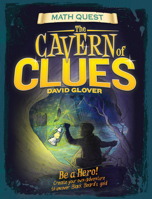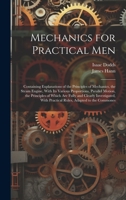Rubiks Cube Solution Book for Kids and Beginners: Learn How to Solve the Rubiks Cube with Easy Step-by-Step Instructions and Pictures (IN COLOR)
Buy the paperback version of RUBIK'S CUBE SOLUTION BOOK FOR KIDS AND BEGINNERS and receive the ebook for FREE If you've always wanted to be able to solve the Rubik's Cube but just never knew how, then keep reading... The Rubik's Cube has fascinated and perplexed generations with its seemingly simple design: a cube covered in a patchwork of colorful squares. This happy design hides a devious puzzle that has stumped some of the smartest thinkers in the world. This book unlocks the secrets of the Rubik's Cube and provides an exceptional step-by-step guide to solving it. Once you learn its secrets, you'll find that the puzzle of the Rubik's Cube is incredibly rewarding to solve. This book is absolutely perfect for kids and beginners who have always wanted to be able to solve the Rubik's Cube, but just never knew the correct steps on how to do so. The book is broken down into 5 EASY STAGES that are explained exceptionally well for a beginner and aided with the help of plenty of PICTURES IN COLOR. These pictures include; how your Rubik's Cube should look before the particular stage, the required movements during the stage, and how your Rubik's Cube should look after the stage has been completed. Inside you will find: Fundamentals of the Rubik's CubeStructure of the Rubik's CubeFaces, notations and movements of the Rubik's CubeExplanation of the 3 types of cubiesThe 5 required stages to solve the Rubik's CubeWell written instructionsAlgorithms with notation diagramsPICTURES IN COLOR
Will make the perfect Christmas present. Scroll up and click 'add to cart' to solve your very first Rubik's Cube.
Will make the perfect Christmas present. Scroll up and click 'add to cart' to solve your very first Rubik's Cube.
Format:Paperback
Language:English
ISBN:1790180228
ISBN13:9781790180226
Release Date:November 2018
Publisher:Independently Published
Length:52 Pages
Weight:0.25 lbs.
Dimensions:0.1" x 6.0" x 9.0"
You Might Also Enjoy
More by James Hann
Customer Reviews
3 customer ratings | 3 reviews
There are currently no reviews. Be the first to review this work.






























![Classic Colouring: Jane Austen (Adult Colouring Book) [UK EDITION]: 55 Removable Colouring Plates](https://i.thriftbooks.com/api/imagehandler/s/04BB1E0E6F09DD0A6A5F984CDAA6509EF82EE928.jpeg)



























